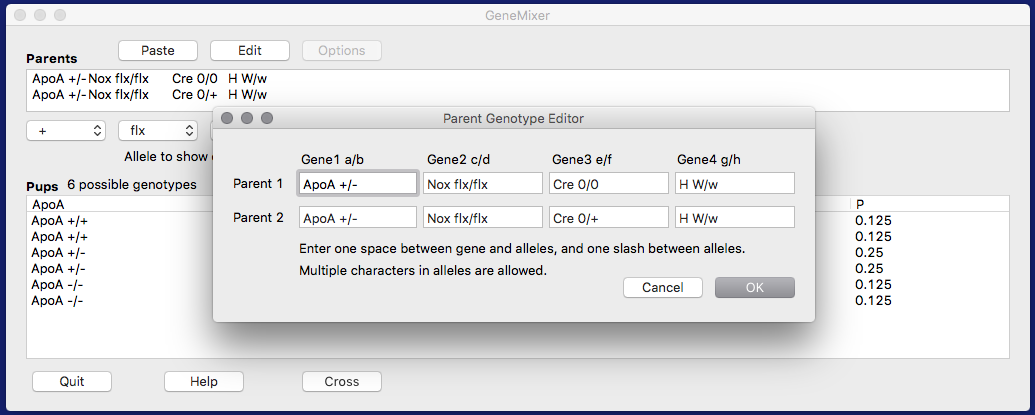
A key property of the early expressed bHLH proteins is that they restrict their own proneural action by activating the expression of genes that inhibit neurogenesis.

Recent work in mouse and chick embryos shows that they function similarly in the neural tube of higher vertebrates( Mizuguchi et al., 2001 Novitch et al., 2001 Scardigli et al., 2001). Pioneering studies in Xenopus and zebrafish have demonstrated that many of the neurally expressed bHLH factors promote neuronal differentiation during primary neurogenesis ( Ma et al.,1996 Blader et al.,1997). Several vertebrate genes encoding bHLH proteins (such as Ngn1, Ngn2 and Mash1) are thought to be equivalent to Drosophila proneural genes and to confer competence to become a neuron (for a review, see Kageyama and Nakanishi, 1997 Brunet and Ghysen, 1999 Bertrand et al., 2002). Generic neuronal differentiation in vertebrates, as in Drosophila,is regulated by basic helix-loop-helix (bHLH) transcription factors, which promote it, and the Notch signaling pathway, which inhibits it. However, the question of how they are integrated to yield the highly reproducible pattern of neurogenesis has been addressed only very recently (for a review, see Bertrand et al., 2002). Considerable advances have been made in defining the mechanisms that govern each of these programs in several model systems (reviewed by Cepko,1999 Guillemot,1999 Jessell,2000 Briscoe and Ericson,2001 Ohnuma et al.,2001). This process involves the concomitant activation of programs that commit neural progenitors to differentiation and of programs directing neuronal subtype identity. A key question in early CNS development is how specific subclasses of neurons are produced in proper numbers at the correct times and locations. During neurogenesis, the dividing neural stem cells generate neuronal precursors that migrate away from the ventricular zone (VZ),generally after completion of their last mitosis, and begin to express generic and type-specific neuronal genes. The vertebrate CNS is derived from the neuroepithelium, a single layer of proliferating cells with stem cell characteristics that line the lumen of the neural tube. These results provide insights into the mechanisms by which a homeodomain transcription factor through interaction with other factors controls both generic and type-specific features of neuronal differentiation.
Genemixer software Activator#
We further show that Phox2b behaves like a transcriptional activator in the promotion of both, generic neuronal differentiation and expression of the motoneuronal marker Islet1. Phox2b misexpression represses the Pa圆 and Olig2 genes, which should inhibit a branchiomotor fate, and induces Nk圆.1 and Nk圆.2, which are expressed in branchiomotor progenitors. The role of Phox2b in the specification of neuronal subtype identity appears to depend in part on its capacity to act as a patterning gene in the progenitor domain. By a separate pathway, Phox2brepresses expression of the inhibitors of neurogenesis Hes5 and Id2. It upregulates the expression of proneural genes ( Ngn2) when expressed alone and upregulates the expression of Mash1 when expressed in combination with Nkx2.2.

We show that Phox2b has a dual action on pan-neuronal differentiation. We have examined the underlying genetic interactions. It is necessary and sufficient to impose differentiation towards a branchio- and viscero-motoneuronal phenotype and at the same time promotes generic neuronal differentiation. Our previous loss- and gain-of-function studies have defined Phox2b as a homeodomain transcription factor that coordinately regulates generic and type-specific neuronal properties. This implies the concomitant activation of a program that controls pan-neuronal differentiation and of a program that specifies neuronal subtype identity, but how these programs are coordinated in time and space is not well understood. Within the developing vertebrate nervous system, specific subclasses of neurons are produced in vastly different numbers at defined times and locations.


 0 kommentar(er)
0 kommentar(er)
